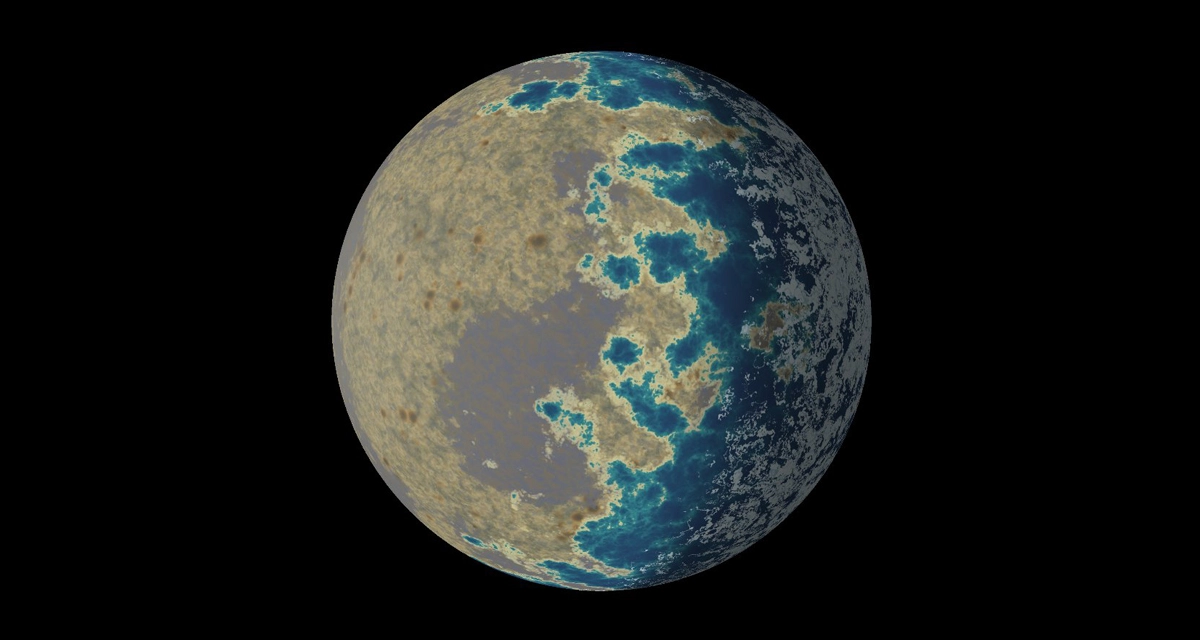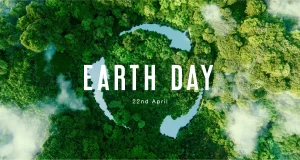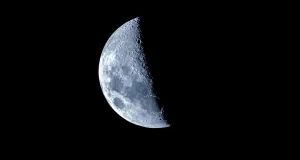TRAPPIST1-e
The recent findings of scientists show that one of the 7 planets that revolve around a small star called Trappist 1 (mother star) may have life similar to life on Earth. Trappist 1, which is located at a distance of 39 light years from the Earth, is an M dwarf star with a cool temperature, whose approximate mass is 9% of the mass of the Earth’s Sun, and its volume is approximately Babar with 12% of the radius of the Earth’s Sun. According to scientists, this ultra-cool star hosts at least 7 rocky planets that are the size of Earth or smaller.
On January 22, 2017, NASA announced in a press release the discovery of an Earth-sized planet in the habitable zone of a star called Trappist 1. This system consists of seven rocky spheres called Trappist 1B (which is the first and closest planet around the star Trappist), the second planet Trappist 1C, the third planet Trappist 1D, the fourth planet Trappist 1 E, Trappist 1F, Trappist 1G and finally the seventh planet is Trappist 1H, all of which have the potential to have water in them.
Researchers at the University of Washington have concluded that all seven exoplanets likely evolved like Venus, which means that any water or ocean on any of these Seven planets have evaporated at the beginning of the formation of the system.
As a result of the investigation of these planets, the seven planets of Trappist 1 have a dense atmosphere and this will make it uninhabitable. According to this statement, one of these planets, called Trappist 1, may have liquid water on its surface, which could indicate the presence of life on it, such as planet Earth.
According to the research of Washington University scientists, the Trappist 1-E planet is located in a region that is hot enough to have liquid water on its surface due to the suitable distance of this planet from the Trappist 1 star. Therefore, this star is located at a distance from the sun and in an area that is habitable, so it is potentially similar to life as we know it on earth.
According to researchers, this star may also contain a lot of oxygen. So, as the water evaporates from the surface of the planet, it is then destroyed by the ultraviolet rays of the star Trappist 1. In this way, hydrogen and oxygen molecules are separated. Considering the atomic mass of the hydrogen molecule, this molecule is so light that it leaves its atmosphere due to the planet’s gravity. But oxygen remains in the atmosphere. According to the researchers, therefore, Trappist 1-E could have an atmosphere with very dense oxygen, which could be very different compared to anything we have seen in space and other planets.
One of the scientists of this project, named Linkonsky, believes that this may be possible if the planets of the Trappist 1 star had more water than Earth, Venus or Mars at the beginning of the formation of this system. Therefore, if the Trappist 1-E planet did not lose its water during the formation of this system, today it can be like a blue globe whose surface is completely covered by an ocean. In this case, it can have the same climate as Earth.





